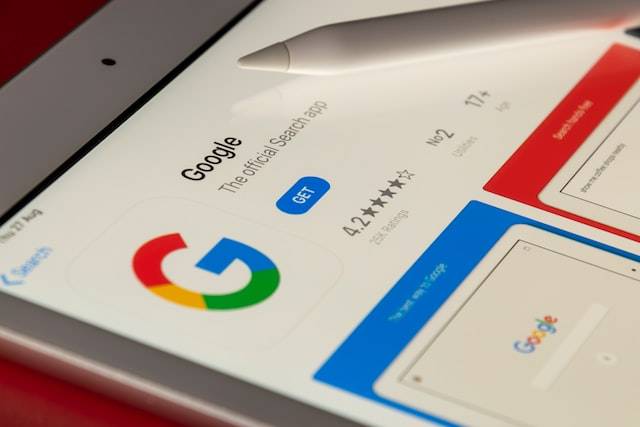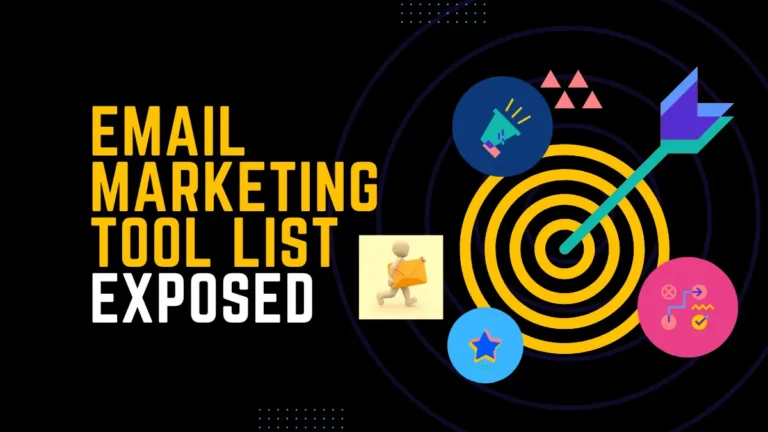Web designs matter, but not just to attract the target audience on the site. They are significant in boosting your presence on search engines as well. If you’re wondering how SEO and web design complement each other, keep reading this blog and quench your curiosity.
Web designing comes in the developmental phase of a website, whereas SEO is a marketing concept. This difference can lead companies to differentiate the two and keep them working separately. However, this mistake can be pretty costly for a firm to bear in today’s digital world. The digital marketing and web development disciplines need to coincide to ensure the impact of the site falls greater on the target audience. Simply put, when a website design follows the best practices from aesthetics, functionality, and SEO perspective, it can lead to significant traffic on the site.
The impact of web design on SEO:
It’s safe to say that if your web design doesn’t appeal to the users, they won’t stay at your site for a long time. This shows how the right web design matters. Now, let’s dive into how this quality affects Search Engine Optimization results.
1. Better quality visuals lead to higher retention
When your website design speaks volumes of your authority over other sites, users trust your site better. It means if the design doesn’t match their tastes and expectations, they will leave the site quickly and probably not return. This loss of traffic can harm the SEO rankings and position of the site.
A visually pleasing and appealing site breaks the trust barriers between the user and the site and moves toward the next stage of relationship building. When you pair high-quality content with stunning visuals that match your brand and website’s tone, engagement goes high. This, in turn, compels higher search rankings as the search engine gets the signal that the site is reputable and rank worthy.
2. Building human experience rather than bots
Your web design would be more appealing to users than the search bots. So, if your website encounters slow loading times, has an outdated design, or the text is hard-to-read, it will prompt human users to leave your site quickly. This negative human experience can get picked up by search engines as a barrier. The resultant drop in the traffic on your site further pushes you to low SEO rankings.
Since human users are looking for content on the website to satisfy their queries, it’s crucial that the presentation is not hard-to-read. When you consider this aspect, the retention rates improve. Further, slow loading speed can push interested users away as nobody likes to wait in today’s times. Therefore, your web design matters a lot in taking care of these aspects that impact SEO factors like engagement, retention, bounce rates, etc.
3. Helpful for crawlers to index the site
As you prioritise the needs of human users, you shouldn’t forget about the search engine crawlers that index your site. There needs to be an adequate balance between the requirements of the two, and web design is no exception in it. With wrong web design choices, it’s possible that crawlers aren’t able to do their job. Without indexing, your site’s rankings will suffer. Effective web design practices become necessary for quick indexing and boosting rankings. These include formatting images, URLs, and content.
4. Quick and intuitive navigation
An essential part of web designing is the navigation structure of the site. It impacts many SEO metrics like bounce rate, engagement rate, average time spent on different pages, conversion rates, etc. When users land on your site, they should find it straightforward and intuitive to reach the next line of action. If they get lost mid-way, you can say goodbye to the potential conversion that would have generated money.
A well-designed and creative navigation menu balances the web design and SEO strategy. User-friendliness and intuitiveness might require you to think within the box and apply your creative visions elsewhere.
5. Modifying the ‘404 pages’
If you have a 404 page on your website, users will quit your site and go elsewhere, causing a drop in your rankings. Keeping a broken link or a page that is non-existent now can work in your favor if your web design strategy supports the SEO mission. Instead of leaving nothing for the user to proceed on this page, you can generate user-friendliness and encourage users to stay on the page. This can be done by pouring your creativity on the 404 page to grasp the user’s attention. Allow them to search for what they’re looking for by adding the search functionality to the page. You can also mention the essential web pages on your site to retain the customer. This way, you can turn the 404-page disasters into SEO-friendly strategies that boost your rankings.
Bottom Line
Since web designs impact a user’s experience, they have a somewhat direct connection to SEO. Improving web design practices can help you design your remaining SEO strategies without worrying about various factors like site modifications required after development.
Read more: What is Local SEO, and How Does It Work?



